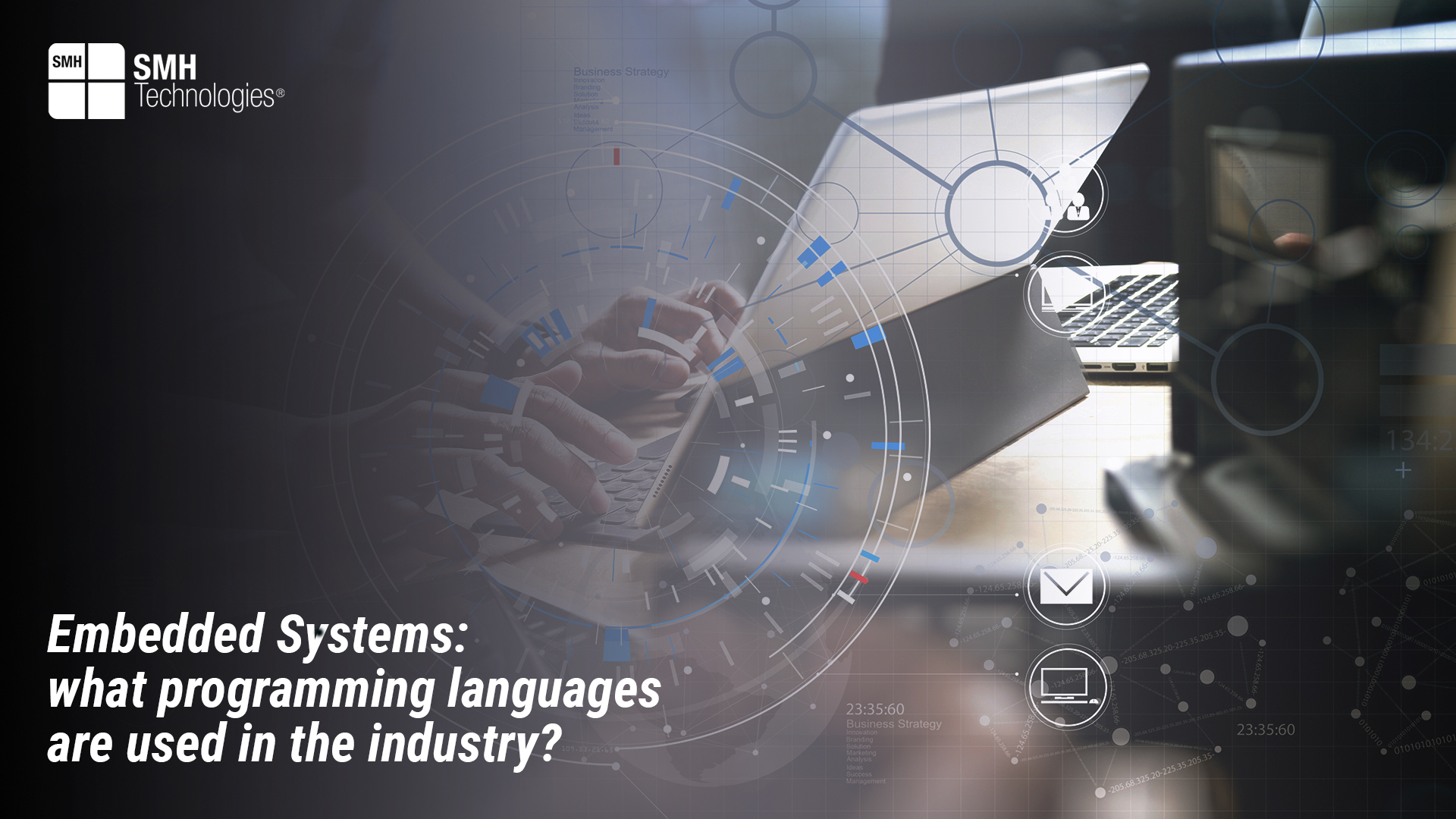Project Description
[This article is part of “Discover ISP”, the educational section of our Corporate Blog dedicated to those who are approaching the world of In-System Programming and Embedded Systems.]
This article examines the features of the main programming languages available today, a crucial aspect for anyone involved in embedded systems development.
Understanding the various programming languages and their application in embedded systems is fundamental for developers and engineers aiming to optimize their projects for performance and efficiency.
This article explains the different types of Microcontroller Programmers used in Embedded Systems: https://smh-tech.com/corporate-blog/mastering-the-art-of-in-system-programming-a-comprehensive-exploration-of-microcontroller-programmers-in-embedded-systems/
What is the role of programming languages?
Programming languages provide instructions to the microprocessor, allowing the device to perform operations. The compiler acts as a bridge between the instructions and the microcontroller that executes them. The selection of an appropriate programming language is pivotal in shaping the capabilities and functionality of the final product in embedded systems.
The most common embedded programming languages are C, C++, Assembly, BASIC, Java, and JavaScript.
Embedded Systems: A Brief Guide to the Most Commonly Used Programming Languages
C: is a compiled language used to create low-level applications for microcontrollers; additionally, it is widely used in industrial applications. “C” requires developers to have a high level of knowledge of complex coding techniques. Its dominance in the field is attributed to its efficiency and the control it offers over system resources.
C++: is an efficient language with a rich standard library. One advantage of this language is its ability to simplify the coding process; what is more, to enable quick and easy coding. However, it can be difficult to learn. C++ stands out for its object-oriented features, enabling more complex and modular code development.
Java: is a programming language that is popular for Internet-based applications due to its efficiency, versatility, and portability. It provides greater control when interacting with low-level hardware. Java’s portability makes it an attractive choice for embedded systems that require network connectivity and interoperability.
Assembly: is a programming language that is not commonly used due to its complexity and the challenges of long-term maintenance. It is typically used when complete control over the system is required or when developing a custom operating system (OS). Its utilization is usually reserved for critical applications where performance and efficiency are non-negotiable.
Python: is widely used in automation, including machine learning, artificial intelligence (AI), and data analysis due to its versatility. It is open source and free. Moreover, it is easy to learn and use. It allows smooth performance even with limited computing resources. However, one disadvantage is its slow execution speed and its design restrictions. Python’s ease of use and extensive libraries make it an increasingly popular choice for embedded systems, especially in prototyping and IoT applications.
To summarise:
the choice of Embedded Programming language depends on the programmer’s familiarity with the language, the type of project and industry involved, as well as the requirements. Navigating the landscape of programming languages in embedded systems requires a strategic approach, balancing the system’s requirements with the programming language’s capabilities and limitations.



